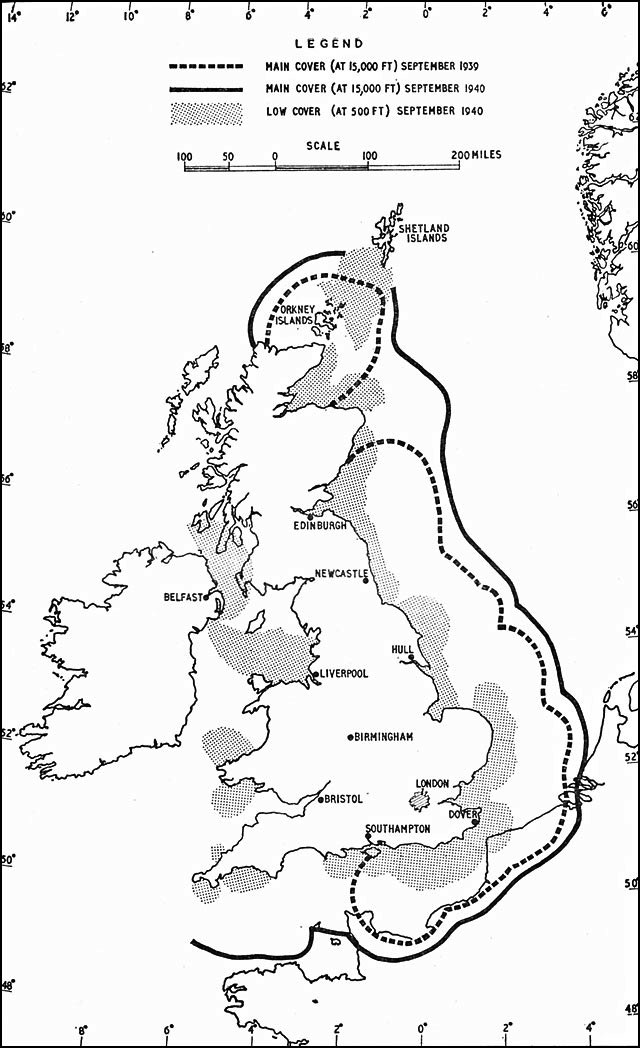 |
Ground-Controlled Interception
Ground-controlled interception (GCI) is an air defence tactic whereby one or more radar stations or other observational stations are linked to a command communications centre which guides interceptor aircraft to an airborne target. This tactic was pioneered during World War I by the London Air Defence Area organization, which became the Royal Air Force's Dowding system in World War II, the first national-scale system. The ''Luftwaffe'' introduced similar systems during the war, but most other combatants did not suffer the same threat of air attack and did not develop complex systems like these until the Cold War era. Today the term GCI refers to the style of battle direction, but during WWII it also referred to the radars themselves. Specifically, the term was used to describe a new generation of radars that spun on their vertical axis in order to provide a complete 360 degree view of the sky around the station. Previous systems, notably Chain Home (CH), could only be directed ... [...More Info...] [...Related Items...] OR: [Wikipedia] [Google] [Baidu] |
 |
Air Defence
Anti-aircraft warfare (AAW) is the counter to aerial warfare and includes "all measures designed to nullify or reduce the effectiveness of hostile air action".AAP-6 It encompasses surface-based, subsurface (Submarine#Armament, submarine-launched), and air-based weapon systems, in addition to associated sensor systems, command and control arrangements, and passive measures (e.g. barrage balloons). It may be used to protect naval, army, ground, and air forces in any location. However, for most countries, the main effort has tended to be homeland defense. Missile defense, Missile defense is an extension of air defence, as are initiatives to adapt air defence to the task of intercepting any projectile in flight. Most modern anti-aircraft (AA) weapons systems are optimized for short-, medium-, or long-range air defence, although some systems may incorporate multiple weapons (such as both autocannons and surface-to-air missiles). 'Layered air defence' usually refers to multiple 't ... [...More Info...] [...Related Items...] OR: [Wikipedia] [Google] [Baidu] |
 |
Chain Home Coverage
A chain is a wikt:series#Noun, serial assembly of connected pieces, called links, typically made of metal, with an overall character similar to that of a rope in that it is flexible and curved in compression (physics), compression but line (geometry), linear, rigid, and load-bearing in tension (physics), tension. A chain may consist of two or more links. Chains can be classified by their design, which can be dictated by their use: * Those designed for lifting, such as when used with a Hoist (device), hoist; for pulling; or for securing, such as with a bicycle lock, have links that are torus-shaped, which make the chain flexible in two dimensions (the fixed third dimension being a chain's length). Small chains serving as Jewellery chain, jewellery are a mostly decorative analogue of such types. * Those designed for transferring power in machines have links designed to mesh with the teeth of the sprockets of the machine, and are flexible in only one dimension. They are known as r ... [...More Info...] [...Related Items...] OR: [Wikipedia] [Google] [Baidu] |
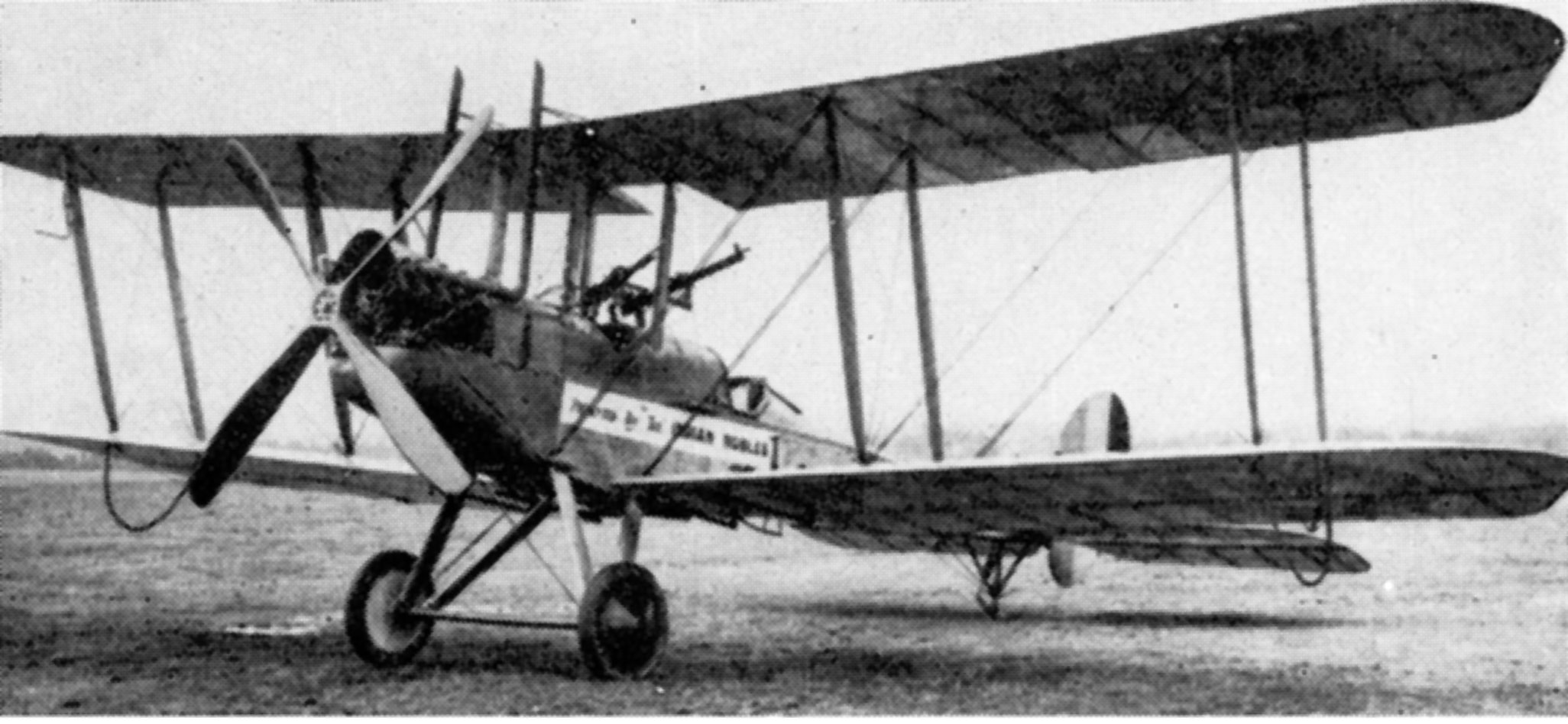 |
Night Fighter
A night fighter (later known as all-weather fighter or all-weather interceptor post-Second World War) is a largely historical term for a fighter aircraft, fighter or interceptor aircraft adapted or designed for effective use at night, during periods of adverse meteorological conditions, or in otherwise poor visibility. Such designs were in direct contrast to day fighter, day fighters: fighters and interceptors designed primarily for use during the day or during good weather. The concept of the night fighter was developed and experimented with during the First World War but would not see widespread use until WWII. The term would be supplanted by “all-weather fighter/interceptor” post-WWII, with advancements in various technologies permitting the use of such aircraft in virtually all conditions. During the Second World War, night fighters were either purpose-built night fighter designs, or more commonly, heavy fighters or light bombers adapted for the mission, often employing ... [...More Info...] [...Related Items...] OR: [Wikipedia] [Google] [Baidu] |
 |
AMES Type 7
The Air Ministry Experimental Station, AMES Type 7, also known as the Final GCI, was a ground-based radar system introduced during World War II by the Royal Air Force (RAF). The Type 7 was the first truly modern radar used by the Allies, providing a 360 degree view of the airspace around the station out to a distance of about . It allowed fighter interceptions to be plotted directly from the radar display, a concept known as ground controlled intercept, or GCI. Earlier radars, like Chain Home (CH), provided the range and angle to a single target at a time. Arranging an intercept required a complex series of reports from multiple radars that were plotted at a central station, the filter room. In a seminal 1939 memo, Robert Hanbury Brown showed that this Dowding system resulted in an inherent inaccuracy of approximately , and the only way to reduce this would be to arrange the interception directly from the radar screen. He suggested spinning the radar antenna and the cathode ray tub ... [...More Info...] [...Related Items...] OR: [Wikipedia] [Google] [Baidu] |
|
AMES Type 8
AMES, short Air Ministry Experimental Station, was the name given to the British Air Ministry's radar development team at Bawdsey Manor (afterwards RAF Bawdsey) in the immediate pre-World War II era. The team was forced to move on three occasions, changing names as part of these moves, so the AMES name applies only to the period between 1936 and 1939. Although used as a name by the team itself only briefly, the AMES acronym became the basis for naming Royal Air Force radar systems through the war. The same numbering sequence was used after the war as well, but often dropped the AMES from the name. A good example is the Type 80, which was officially AMES Type 80, but often appears without that marque. Many post-war systems were also assigned a rainbow code and are better known by that name. The AMES numbering scheme was often ''ad hoc'', with some entries simply being other sets operating together. For instance, the Type 21 was simply a Type 13 and Type 14 in a single vehicle co ... [...More Info...] [...Related Items...] OR: [Wikipedia] [Google] [Baidu] |
|
 |
Height Finder
A height finder is a ground-based aircraft altitude measuring device. Early height finders were optical range finder devices combined with simple mechanical computers, while later systems migrated to radar devices. The unique vertical oscillating motion of height finder radars led to them also being known as nodding radar. Devices combining both optics and radar were deployed by the U.S. Military. Optical In World War II, a height finder was an optical rangefinder used to determine the altitude of an aircraft (actually the slant range from the emplacement which was combined with the angle of sight, in a mechanical computer, to produce altitude), used to direct anti-aircraft guns. Examples of American and Japanese versions exist. In the Soviet Union it was usually combined with optical rangefinders. Radar A height finder radar is a type of 2-dimensional radar that measures altitude of a target. The operator slews the antenna toward a desired bearing, identifies a target e ... [...More Info...] [...Related Items...] OR: [Wikipedia] [Google] [Baidu] |
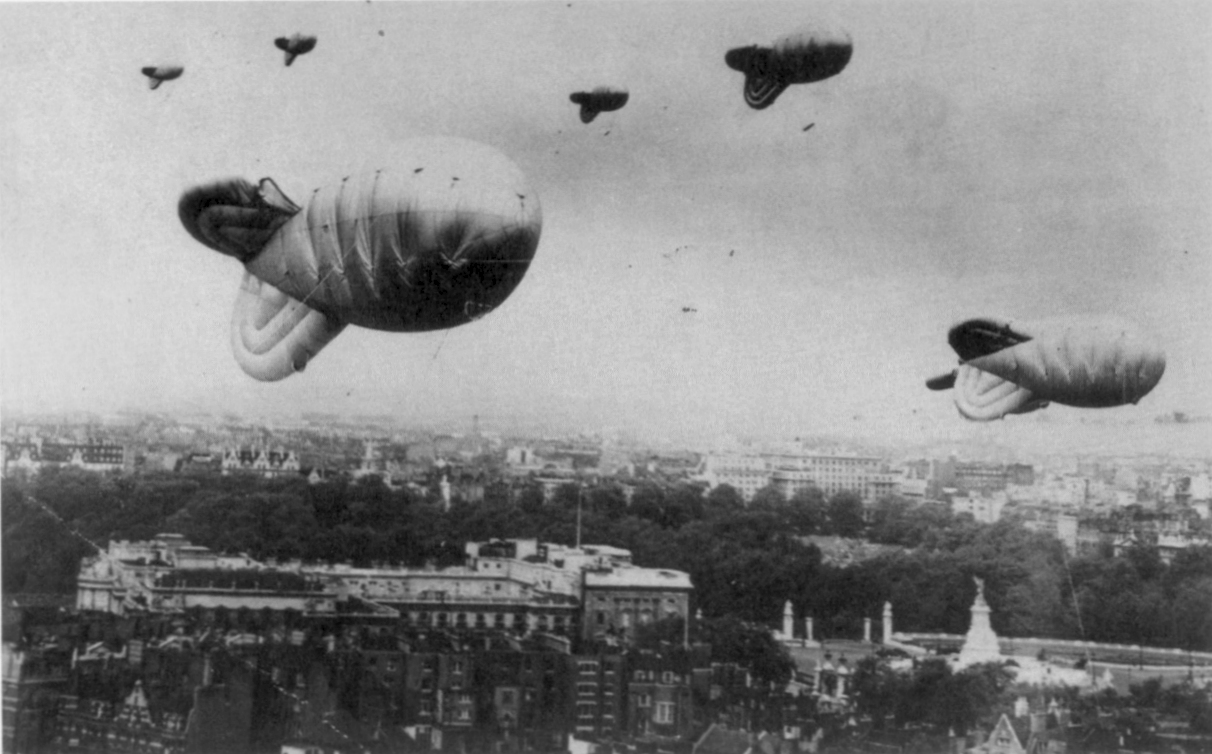 |
The Blitz
The Blitz (English: "flash") was a Nazi Germany, German bombing campaign against the United Kingdom, for eight months, from 7 September 1940 to 11 May 1941, during the Second World War. Towards the end of the Battle of Britain in 1940, a contest for daylight air superiority over the United Kingdom between the and the Royal Air Force, Germany began conducting mass air attacks against British cities, beginning with London, in an attempt to draw the RAF Fighter Command into a battle of annihilation.Price 1990, p. 12. Adolf Hitler and Hermann Göring, commander-in-chief of the Luftwaffe, ordered the new policy on 6 September 1940. From 7 September 1940, London was systematically bombed by the Luftwaffe for 56 of the following 57 days and nights. Notable attacks included a large daylight attack against London on Battle of Britain Day, 15 September, a large raid on 29 December 1940 against London -- resulting in a firestorm known as the Second Great Fire of London,Hooton 1997, p. ... [...More Info...] [...Related Items...] OR: [Wikipedia] [Google] [Baidu] |
 |
Battle Of Britain
The Battle of Britain () was a military campaign of the Second World War, in which the Royal Air Force (RAF) and the Fleet Air Arm (FAA) of the Royal Navy defended the United Kingdom (UK) against large-scale attacks by Nazi Germany's air force, the Luftwaffe. It was the first major military campaign fought entirely by air forces."92 Squadron – Geoffrey Wellum." ''Battle of Britain Memorial Flight'' via ''raf.mod.uk.''. Retrieved: 17 November 2010, archived 2 March 2009. It takes its name from This was their finest hour, the speech given by Prime Minister Winston Churchill to the House of Commons of the United Kingdom, House of Commons on 18 June: "What Maxime Weygand, General Weygand called the 'Battle of France' is over. I expect that the Battle ... [...More Info...] [...Related Items...] OR: [Wikipedia] [Google] [Baidu] |
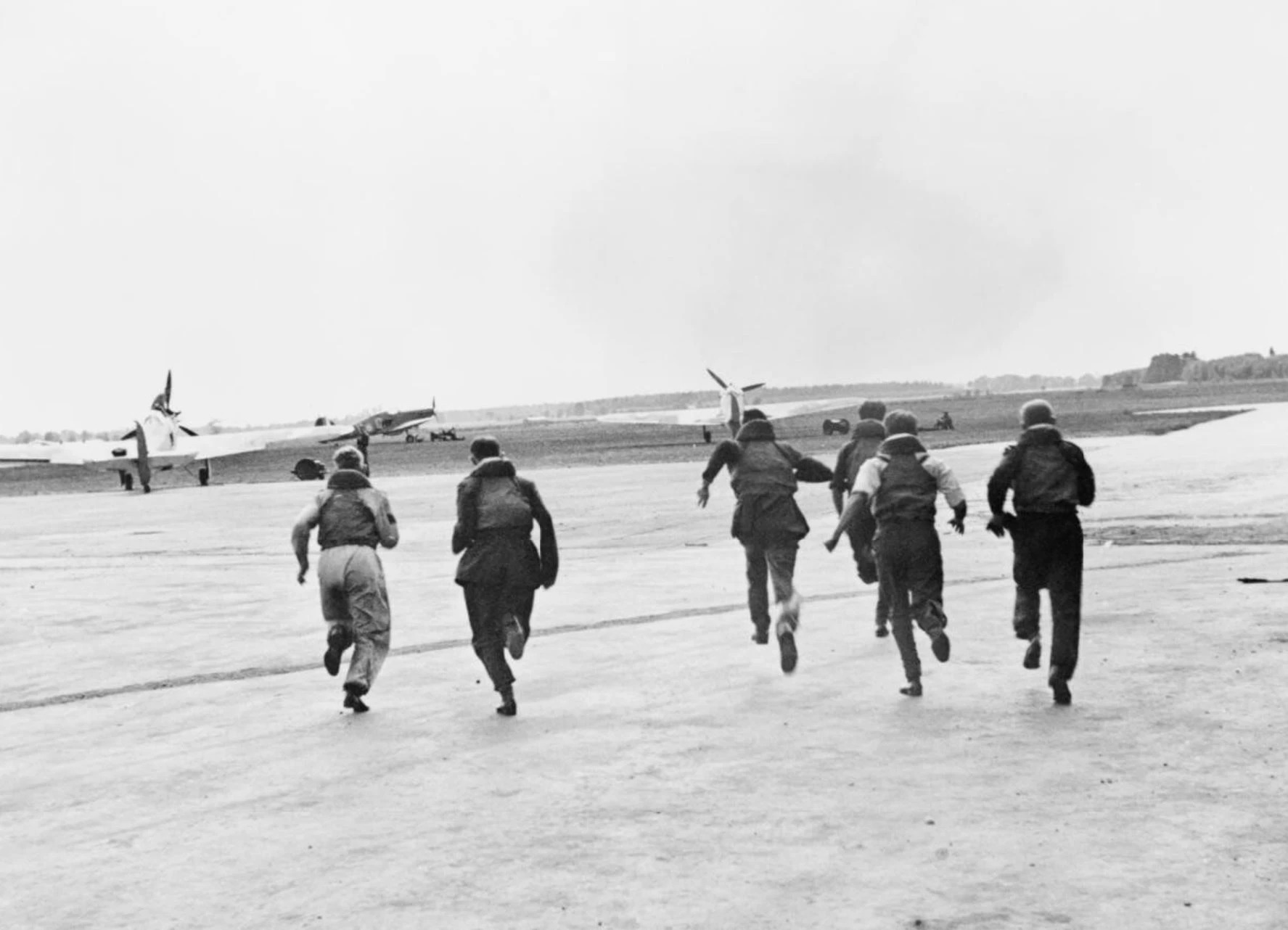 |
Scrambling (military)
In military aviation, scrambling is the act of quickly mobilising military aircraft. Scrambling can be in reaction to an immediate threat, usually to intercept hostile aircraft. Battle of Britain The term was used during the Battle of Britain, when Royal Air Force pilots and their fighters were readied and available to fly. Detection and monitoring of enemy aircraft, e.g. by the Chain Home radar stations, would feed into the RAF Fighter Command's Dowding system for control and management of the defenses. Once a decision had been made to intercept the enemy formation a telephone call would be made to the chosen fighter squadron's airfield, and those air crews available would be scrambled. The scramble order was communicated to alert pilots waiting by their aircraft by the loud ringing of a bell. Every minute lost before takeoff would be advantageous to the enemy, as it could allow a pilot to gain extra height above the advancing plane formations. Information passed to the ... [...More Info...] [...Related Items...] OR: [Wikipedia] [Google] [Baidu] |
 |
Radio Direction Finding
Direction finding (DF), radio direction finding (RDF), or radiogoniometry is the use of radio waves to determine the direction to a radio source. The source may be a cooperating radio transmitter or may be an inadvertent source, a naturally-occurring radio source, or an illicit or enemy system. Radio direction finding differs from radar in that only the direction is determined by any one receiver; a radar system usually also gives a distance to the object of interest, as well as direction. By triangulation, the location of a radio source can be determined by measuring its direction from two or more locations. Radio direction finding is used in radio navigation for ships and aircraft, to locate emergency transmitters for search and rescue, for tracking wildlife, and to locate illegal or interfering transmitters. During the Second World War, radio direction finding was used by both sides to locate and direct aircraft, surface ships, and submarines. RDF systems can be used ... [...More Info...] [...Related Items...] OR: [Wikipedia] [Google] [Baidu] |
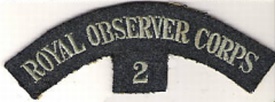 |
Royal Observer Corps
The Royal Observer Corps (ROC) was a civil defence organisation intended for the visual detection, identification, tracking and reporting of aircraft over Great Britain. It operated in the United Kingdom between 29 October 1925 and 31 December 1995, when the Corps' civilian volunteers were stood down (ROC headquarters staff at RAF Bentley Priory stood down on 31 March 1996). Composed mainly of civilian spare-time volunteers, ROC personnel wore a Royal Air Force (RAF) style Uniforms of the Royal Air Force, uniform and latterly came under the administrative control of RAF Strike Command and the operational control of the Home Office. Civilian volunteers were trained and administered by a small En cadre, cadre of professional full-time officers under the command of the Commandant Royal Observer Corps; latterly a serving RAF Air Commodore. Overview In 1925, following a List of committees of the United Kingdom Parliament, Defence Committee initiative undertaken the previous year, ... [...More Info...] [...Related Items...] OR: [Wikipedia] [Google] [Baidu] |